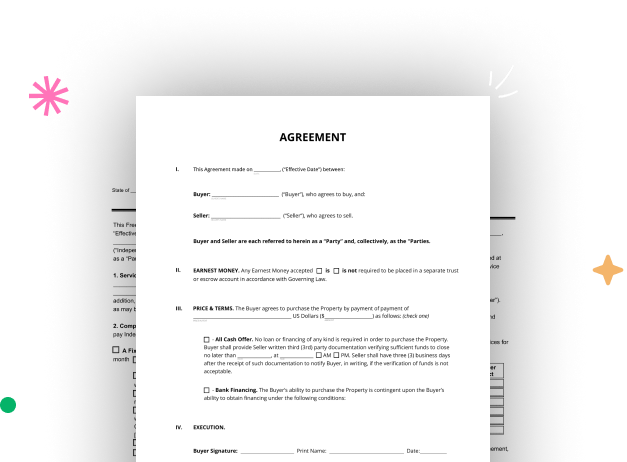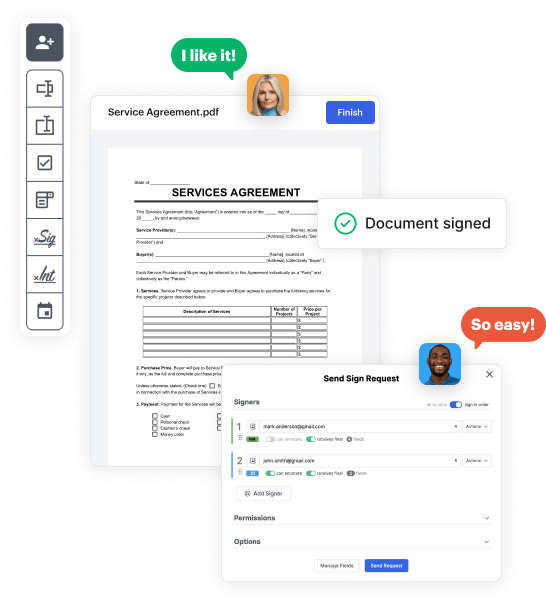

Begin by creating a free DocHub account using any offered sign-up method. If you already have one, simply log in.
Try out the whole collection of DocHub's advanced tools by registering for a free 30-day trial of the Pro plan and proceed to craft your Debt Repayment Legal Form.
In your dashboard, choose the New Document button > scroll down and hit Create Blank Document. You will be taken to the editor.
Utilize the Page Controls icon marked by the arrow to switch between two page views and layouts for more flexibility.
Navigate through the top toolbar to place document fields. Insert and arrange text boxes, the signature block (if applicable), add photos, and other elements.
Arrange the fillable areas you incorporated based on your chosen layout. Personalize each field's size, font, and alignment to ensure the form is user-friendly and professional.
Save the finalized copy in DocHub or in platforms like Google Drive or Dropbox, or craft a new Debt Repayment Legal Form. Share your form via email or utilize a public link to engage with more people.